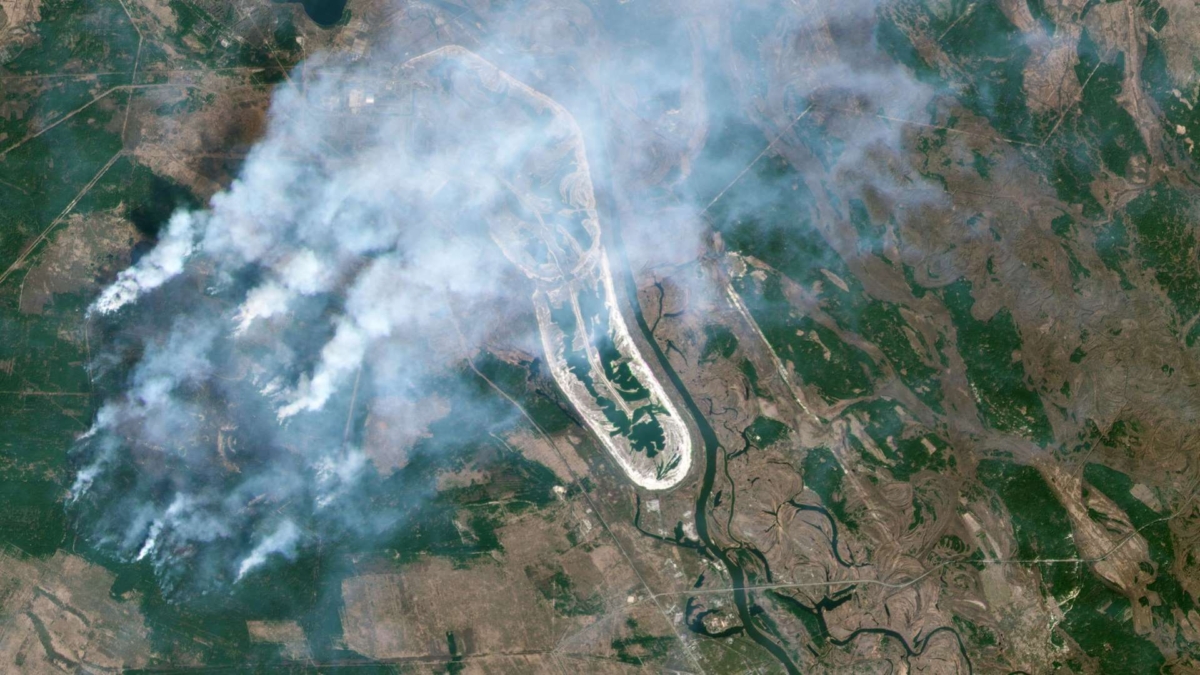Global warming likely to increase frequency of extreme summer weather from “stuck” jet stream patterns
By Dr. Jeff Masters
2 November 2018
(Weather Underground) – During the summer of 2018, the future of climate change became the present. Highly amplified jet stream patterns that remained stuck in place for unusually long periods of time brought the planet a series of remarkable weather catastrophes—unprecedented heat waves in East Asia and Northern Europe, choking smoke from a record fire season in California and Washington, and Japan’s deadliest floods since 1982, to name a few.The severe summer weather helped bring the 2018 tally of billion-dollar weather-related disasters to 35 – a startlingly high number that is already the third highest such total for any year since 1990, according to statistics supplied by Steve Bowen of insurance broker Aon Benfield. Research published on Wednesday (open access), led by climate scientist Dr. Michael Mann of Penn State, predicted that our future climate is likely to bring a significant increase in “stuck” summertime jet stream patterns capable of bringing a rise in extreme destructive weather events like we experienced in 2018. Their paper is titled, Projected changes in persistent extreme summer weather events: The role of quasi-resonant amplification. […]Several newer studies have found further evidence of an increase in QRA events, including Mann, et al. (2017), Influence of Anthropogenic Climate Change on Planetary Wave Resonance and Extreme Weather Events, and Lehmann, et al. (2015), Increased record-breaking precipitation events under global warming.The Mann, et al. study released this week found that summertime QRA events in the average of over 20 climate models studied increased from the current historical level of ~7.5 events/year to ~11 events/year by the end of the century, i.e., a roughly 50 percent increase in the annual number of events. However, some models predicted a tripling of such stuck jet stream patterns. [more]
